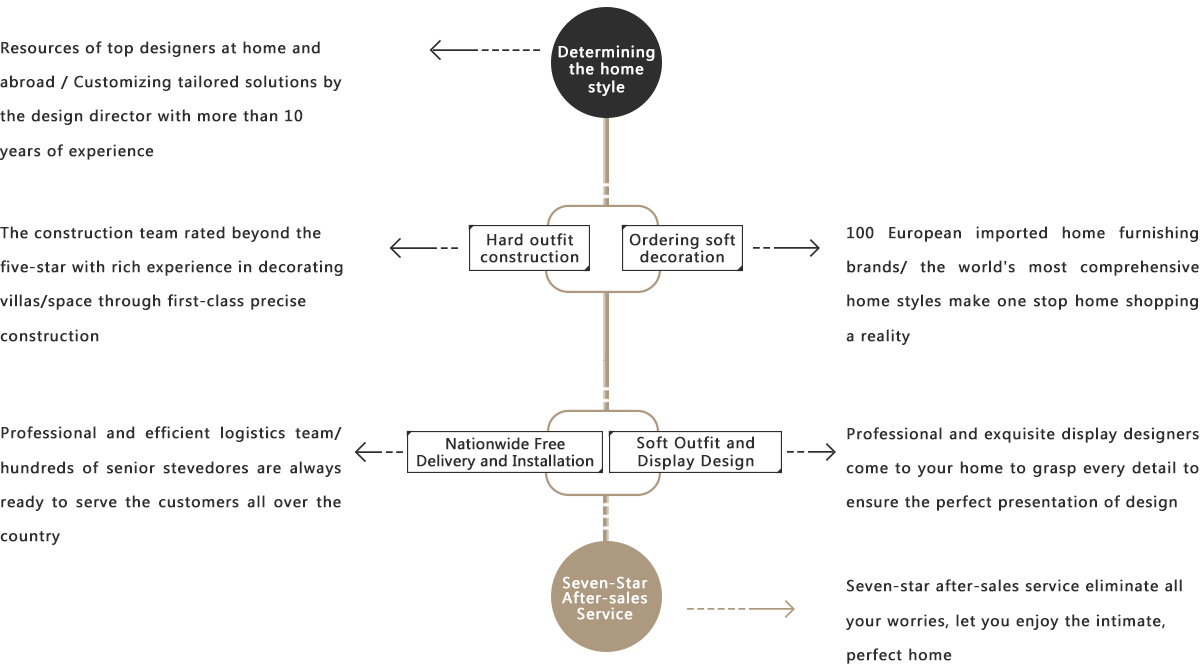Understanding the Hardware Required for Setting Up a Home Network
Setting up a home network is becoming increasingly popular in the digital age. It allows multiple devices to access shared resources such as internet connection, printer, and storage devices. However, understanding the hardware required for setting up a home network can be overwhelming. A home network typically consists of three main components: a router, a modem, and switches. Routers are responsible for connecting all devices within the home network and providing them with an IP address. Modems allow devices to connect to the internet through wired or无线 connections. Switches are used to connect devices within the network and ensure efficient communication between them. In addition to these core components, there are other accessories that can enhance the functionality of your home network such as wireless access points, powerline adapters, and network cables. Understanding the hardware required for setting up a home network can help you make informed decisions when purchasing equipment and ensure a smooth and seamless networking experience.
As technology continues to advance at an unprecedented pace, more and more households are adopting home networks. A home network allows you to connect various devices, such as computers, tablets, smartphones, smart TVs, and gaming consoles, to share files, stream media, and surf the web seamlessly. However, setting up a home network can be overwhelming, especially if you're not familiar with the various components and their functions. In this article, we will discuss the hardware required to set up a home network and help you understand the basics of networking.
1、Router
A router is the cornerstone of any home network. It acts as an intermediary between your devices and the internet, routing data packets back and forth between your devices and the internet service provider (ISP). A router provides multiple benefits, including:

a. Security: Most routers come with built-in firewalls that can prevent unauthorized access to your network. They also offer wireless encryption to protect your data from hackers.
b. Speed: Routers can be configured to prioritize certain types of traffic, such as video streaming or file transfers, which can improve overall network speed.
c. Range: Routers with higher power ratings can cover larger areas than lower-power routers, making them ideal for homes with multiple floors or large living spaces.
There are two main types of routers: wired and wireless.
2、Wired Routers
Wired routers connect to your home's broadband connection using Ethernet cables. This type of router is best suited for homes with limited space or those where Wi-Fi coverage is not sufficient. Some advantages of wired routers include:
a. Strong signal strength: Since wired routers use physical connections to your devices, they generally have a stronger signal strength and faster speeds than wireless routers.
b. No interference: Since there are no wireless signals involved in wired connections, they are less susceptible to interference from other Wi-Fi devices or household appliances.
c. Easier setup: Setting up a wired router is typically simpler than configuring a wireless router, since you don't need to worry about selecting a wireless network name (SSID) or securing your wireless network.
3、Wireless Routers
Wireless routers connect to your broadband connection usingWi-Fi signals. They are ideal for homes with large spaces or those where multiple devices need to be connected without running cables throughout the house. Some advantages of wireless routers include:

a. Flexibility: Wireless routers allow you to connect devices without running cables, making it easier to move furniture around or update your network configuration without disrupting connectivity.
b. Cost-effective: While some wired routers may be more expensive than their wireless counterparts, many high-quality wireless routers are available at affordable prices.
c. Easy setup: Setting up a wireless router is relatively straightforward, as long as you follow the manufacturer's instructions carefully. Most wireless routers come with user-friendly software that makes it easy to customize your network settings and manage your devices.
4、Switches/Modems
A switch or modem is responsible for connecting your home network to the internet service provider (ISP). It acts as an interface between your devices and the ISP's servers, allowing you to access the vast array of online resources available today. Some advantages of switches/modems include:
a. Portability: If you need to move your home network to a different location, you can simply take your switch/modem with you and set it up in your new location.
b. Scalability: As your household grows or becomes more reliant on the internet, you can add additional switches/modems to expand your network's capacity without incurring significant additional costs.
5、Computer/Device Connections
Finally, you will need to connect your devices to the home network via Ethernet cables orWi-Fi connections. Most laptops, desktop computers, and mobile devices have built-in Ethernet ports that can be used to connect directly to the router or switch using an Ethernet cable. Alternatively, you can use Wi-Fi connections by selecting the appropriate network from your device's list of available Wi-Fi networks and entering the password provided by the router or switch. Once connected, you should be able to access the internet and share files between devices on your network without any issues.
In summary, setting up a home network requires the following hardware: a router (wired or wireless), switches/modems (if necessary), computer/device connections (either wired or wireless). By understanding these basic components and how they work together, you can create a powerful and flexible home network that meets all your entertainment, communication, and productivity needs.
Articles related to the knowledge points of this article:
Title: Discovering the Hidden Gems of Wallace Hardware Co Locations
Albarose Hardware: A Premium Quality Supplier of Hardware Products
HARDWARE AURORA: A Look into the Future of Technology
Mawhoods Hardware: A Legacy of Quality and Innovation
Grangers Hardware: A Legacy of Quality and Innovation
Title: Strauss Hardware Phone Number - The Ultimate Guide to Contacting Our Exceptional Support Team



